
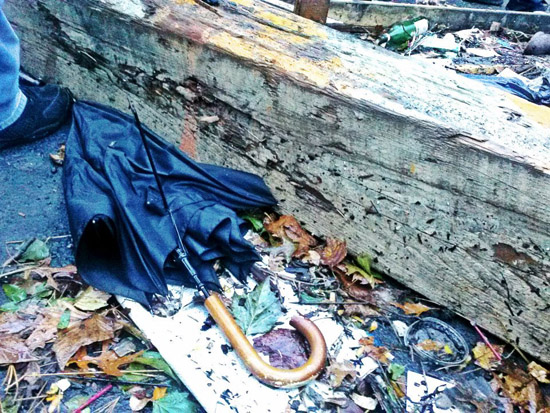
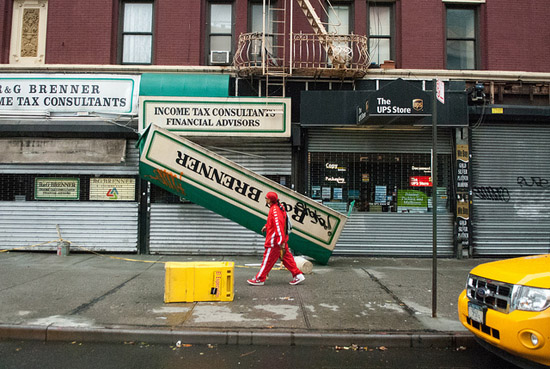
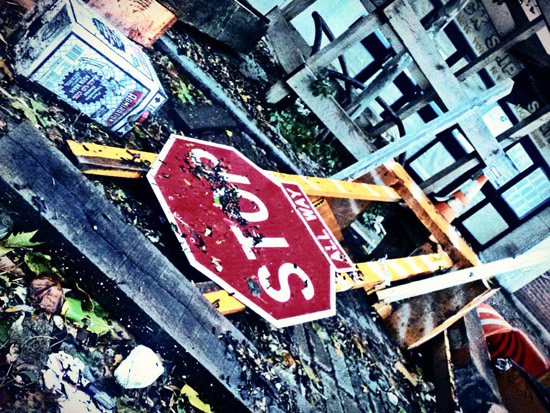
Occupy Wall Street has hit the streets of New York in force once again. This time, instead of protesting the symbiotic relationship between big banks and politics, they are organizing relief efforts in the hardest-hit areas of the city in the wake of Hurricane Sandy.
In the immediate aftermath of the super storm, Occupy Wall Street activists began coordinating aid to those in need in conjunction with climate activist group 350.org and recovers.org – a site that offers tools for organizing disaster relief within affected communities. This effort, dubbed “Occupy Sandy,” combines the organizational power, established communication network, and autonomous agility of the Occupy movement to provide direct relief where it is needed the most. Occupy Sandy not only connects those who are able to donate supplies or volunteer their time with those looking for aid, but also fills in the gaps in services that organizations with non-profit status are not able to provide. For example, one recent Facebook post shows a photo of shopping carts full of perishable food that is unusable by Red Hook Initiative due to sanitation codes and the community center’s 501c3 status. The caption recommends picking the food up to redistribute “DIY style,” thus circumventing a frustrating technicality.
Remarkably, the Occupy Sandy effort is not limited to the hardcore Occupy activists who camped in Zuccotti Park and were arrested on the Brooklyn Bridge. The immediacy of the situation at hand and the speed at which Occupy networks were able to mobilize has drawn new recruits into a movement that had recently been losing steam.
Jeremiah Birnbaum, of Astoria, describes himself as apolitical and lives in a collective house with several activists, including some involved with Occupy Wall Street, but is not personally involved with the movement. He joined up with Occupy Sandy as a way to offer immediate help to those in need, particularly in poor communities that are often overlooked. “We asked: Who is not being helped?” Birnbaum explained in a phone interview. “I could have gone to Red Cross and done two hours of training, or I could help people right now.” He is working to coordinate efforts on the ground, matching abilities and resources to meet needs within the community, especially for those without access to the internet or social networking sites.
Birnbaum further described the process of contacting the city or other relief organizations as rife with red tape. “The bureaucracy is insane,” he said. When residents were unable to get in touch with ConEd about getting power restored to a nearby housing project, they turned instead to the Recovers.org network. When delivering the first round of donations to the stricken building, Birnbaum was asked specifically for less clothing and more lighting so that residents could get around the pitch-dark building. He immediately sent a text message asking his partner, who was at home, to request donations of flashlights, batteries, and candles through the local website they’d set up, providing his home address as a drop-off point. By the time he arrived home 15 minutes later, nearly 100 flashlights had been delivered. “I was stunned,” he admitted. “People have been given the ability to help.”
That, ultimately, may be the power of Occupy Wall Street moving forward; Restoring power to the people with their ability to organize and mobilize in a way that empowers individuals to make change within their own communities. “People ask me, are you from the Red Cross?” Birnbaum says. “We tell them no, we’re your neighbors, and we’re here to help you.” This is where a leaderless, horizontal movement can shine. As Birnbaum puts it, “There’s been this organic network created, and it works. It’s time to get away from process to focus on taking action.” Whether or not he will participate in future protests remains to be seen, but working with Occupy Sandy has initiated him into the Occupy community. “It’s made me appreciate what Occupy has been doing behind the scenes for the past year.”
Resources available for coordinating relief efforts through Occupy Sandy include a Google doc volunteer sign-up sheet, a donations page, and recovers.org pages for the communities of Staten Island, Red Hook, Astoria, and the Lower East Side. You can follow @OccupySandy on Twitter or search related hashtags, such as #SandyAid and #SandyVolunteer. You can “Like” the Occupy Sandy Facebook page or even sign up for text alerts by texting “occupysandy” to 23559.
All these resources and more have been collected on an Occupy Sandy hub by InterOccupy.
Photos by Jenna Pope (@BatmanWI), Julia C. Reinhart (@juliacreinhart), and @an0nyc.
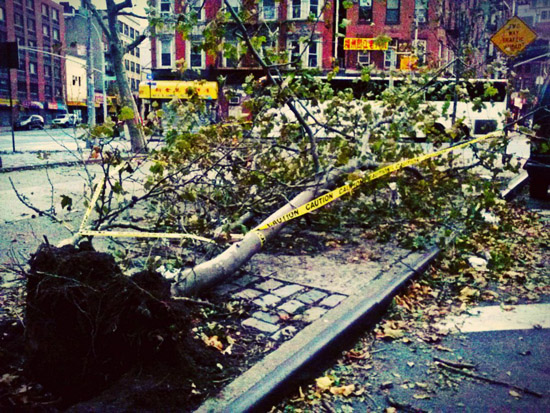
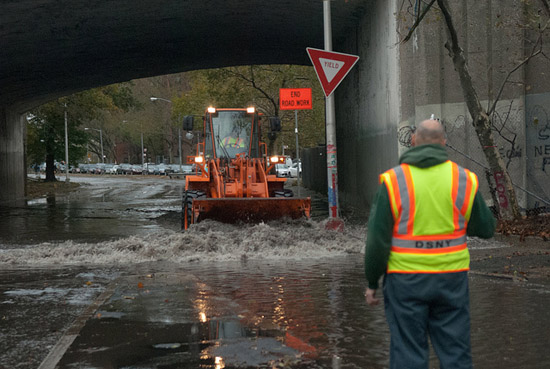
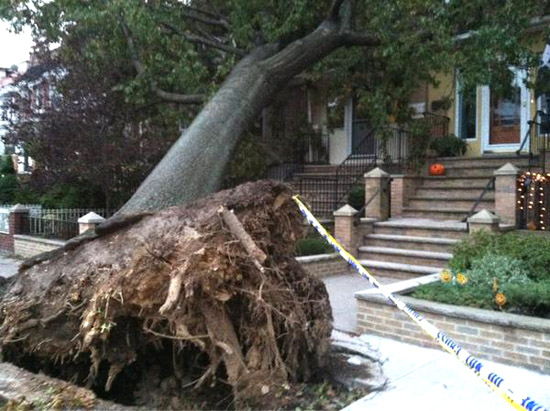
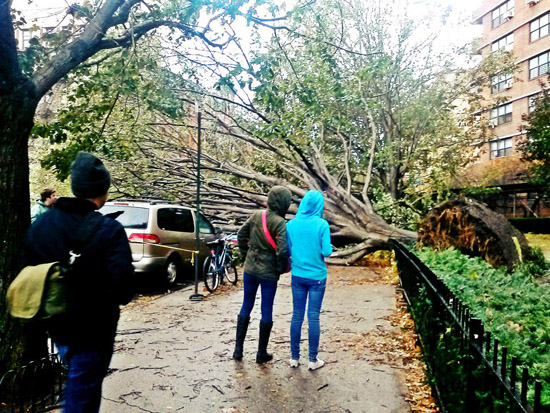
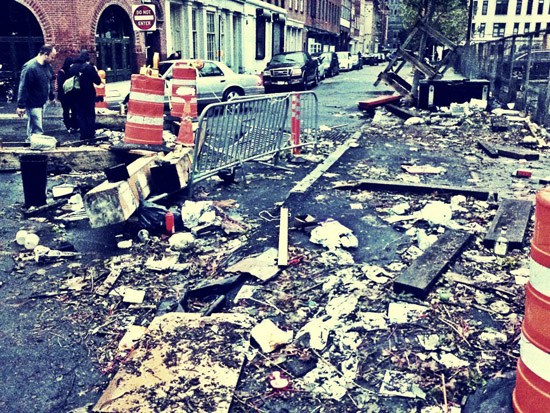
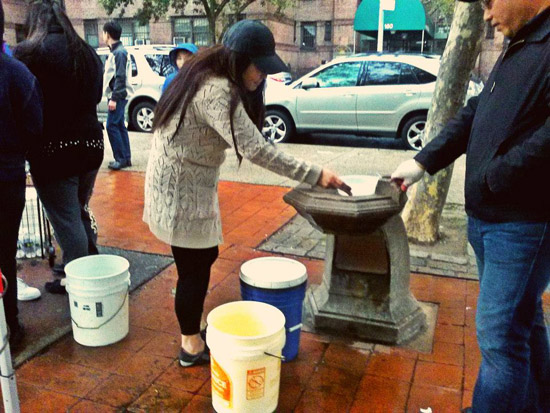
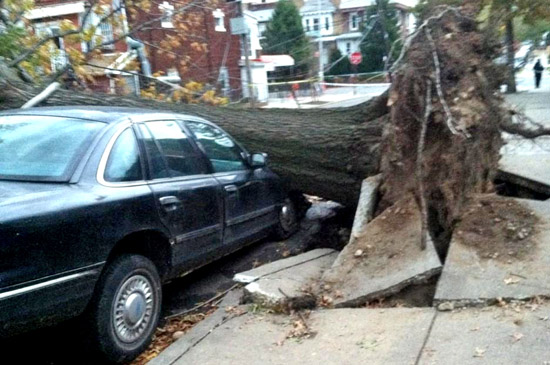
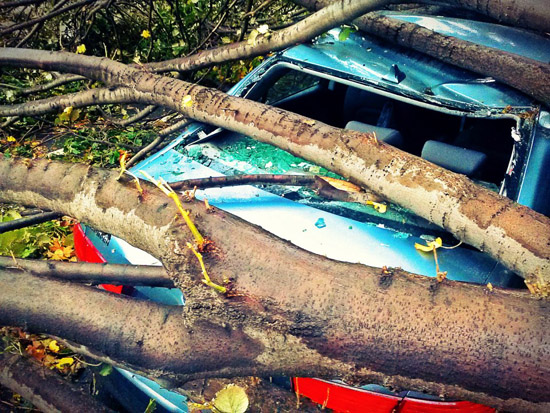
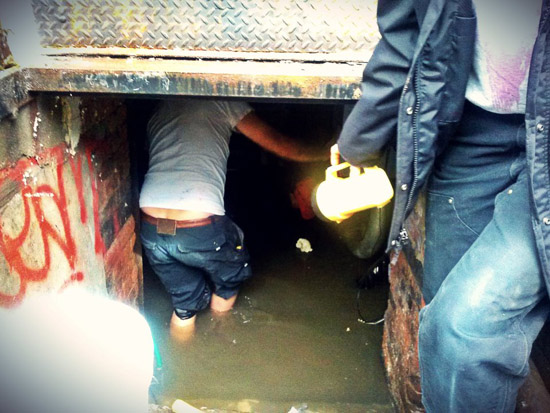
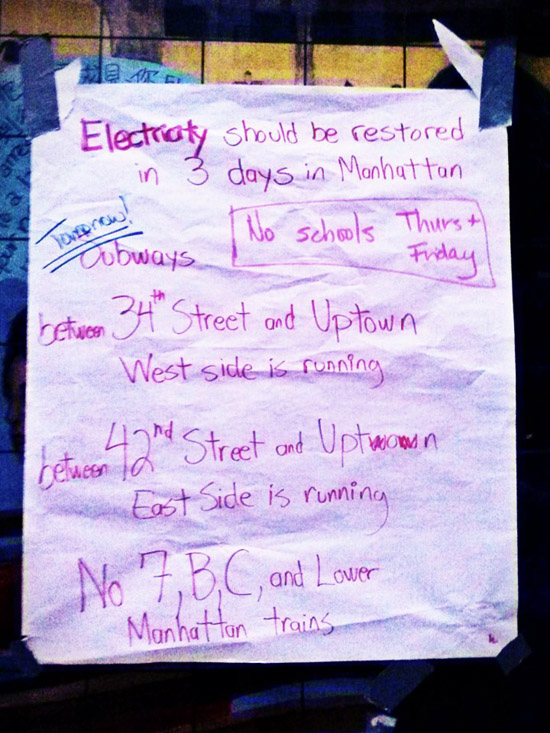
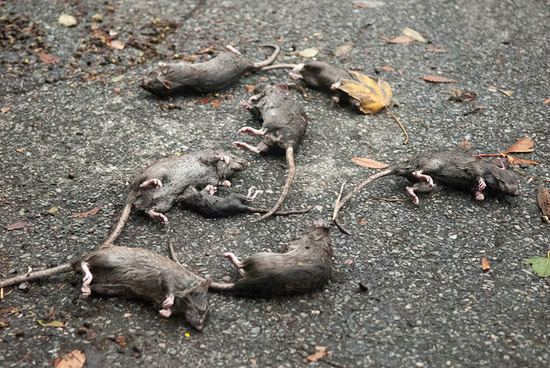


[…] Posts Blood And Thunder: New York After Hurricane Sandy Occupy Wall Street Crowdsources Sandy Relief new RealTidbits.Comments({ "target" : document.getElementById("realtidbits-comments"), […]
[…] A Dump: Staten Island, The Forgotten Borough Homeless A Likely Election Loser, No Matter Who Wins Occupy Wall Street Crowdsources Sandy Relief Don’t Make Me Block You, @JoeBiden Occupy LA First Anniversary Photo Essay The Story Of My […]